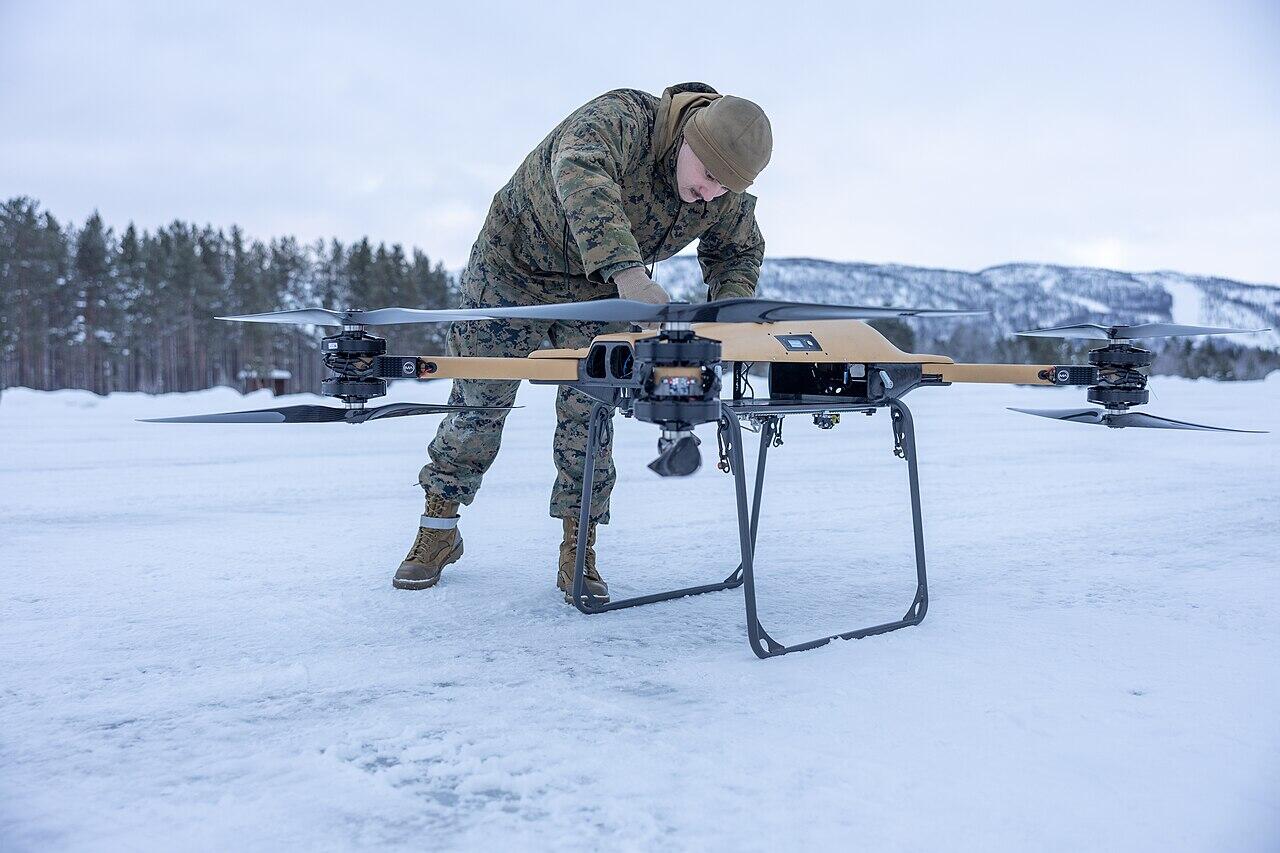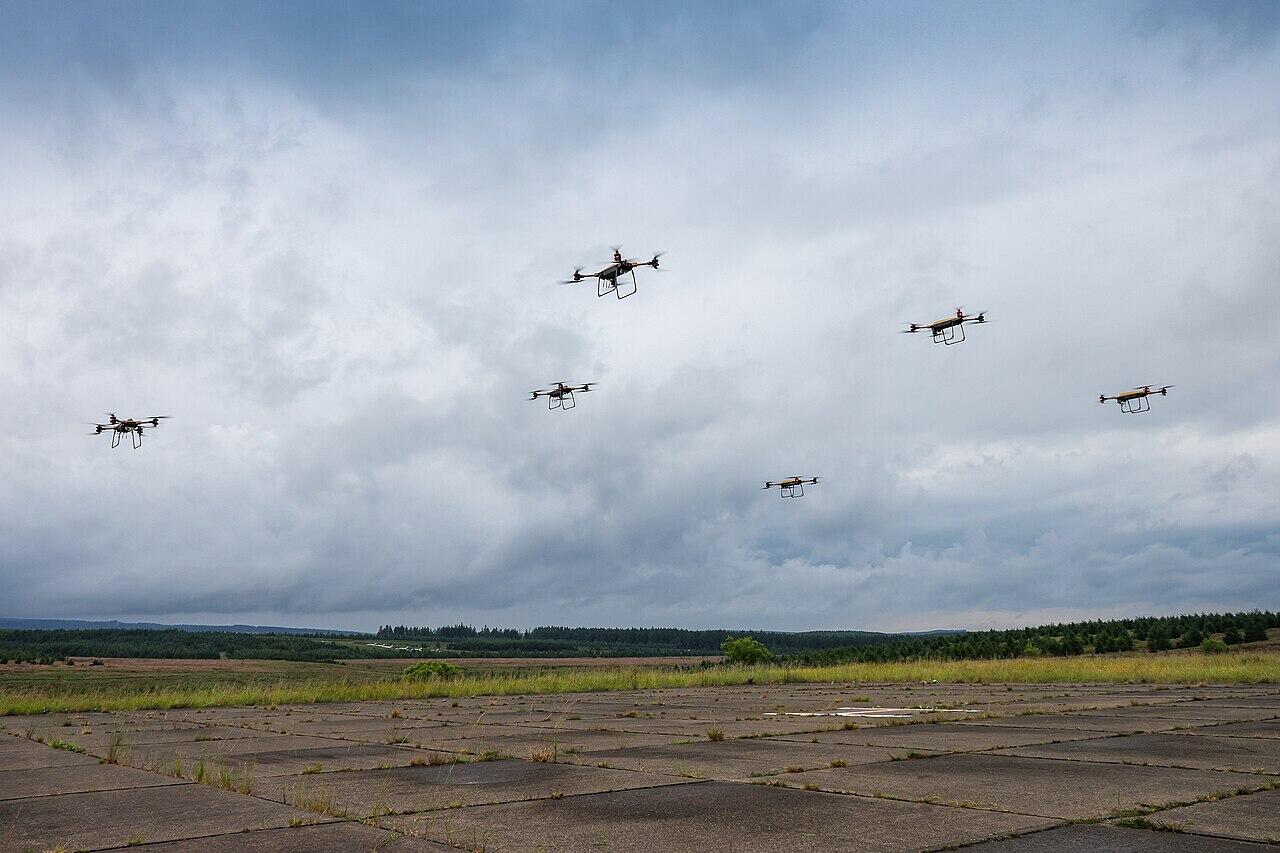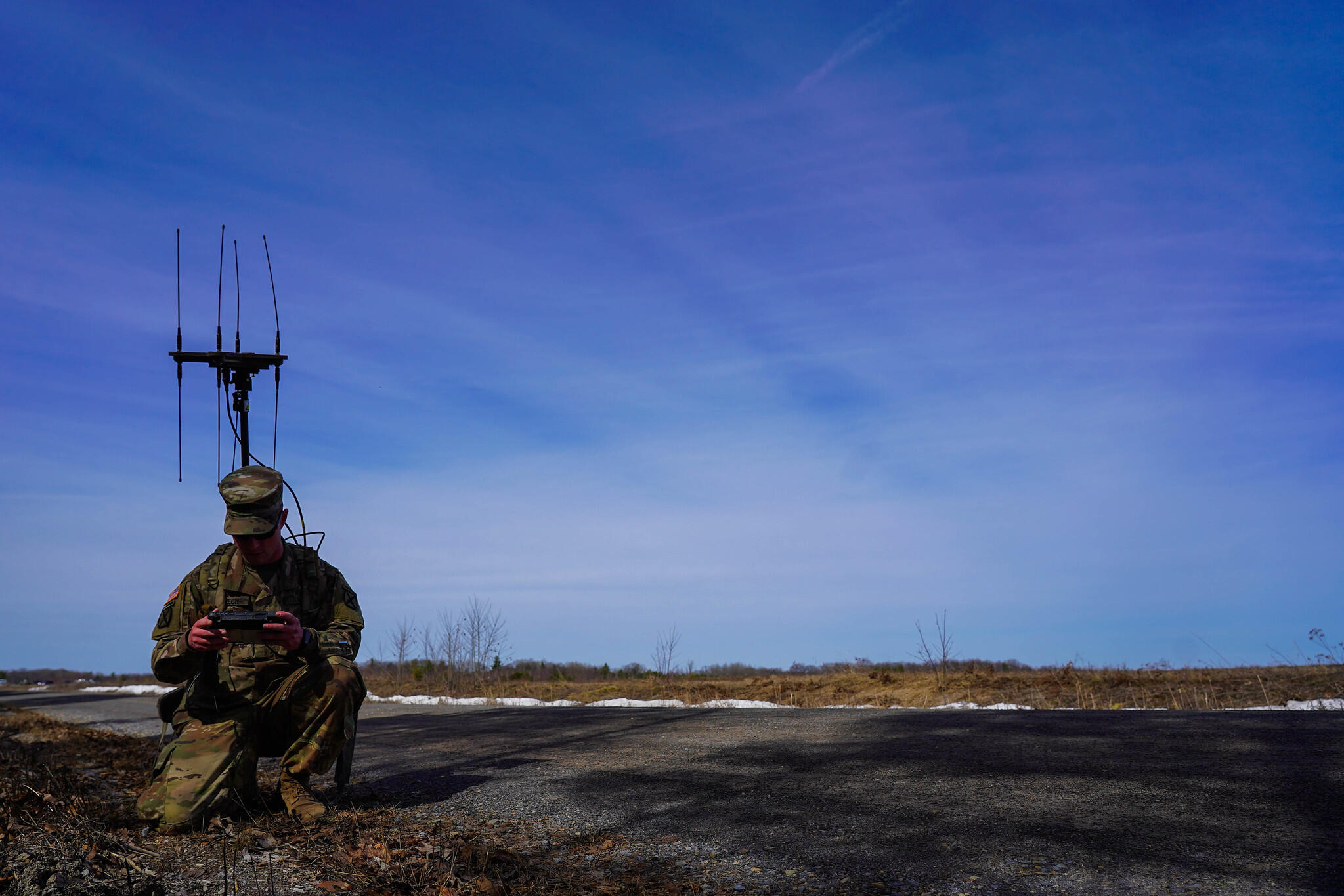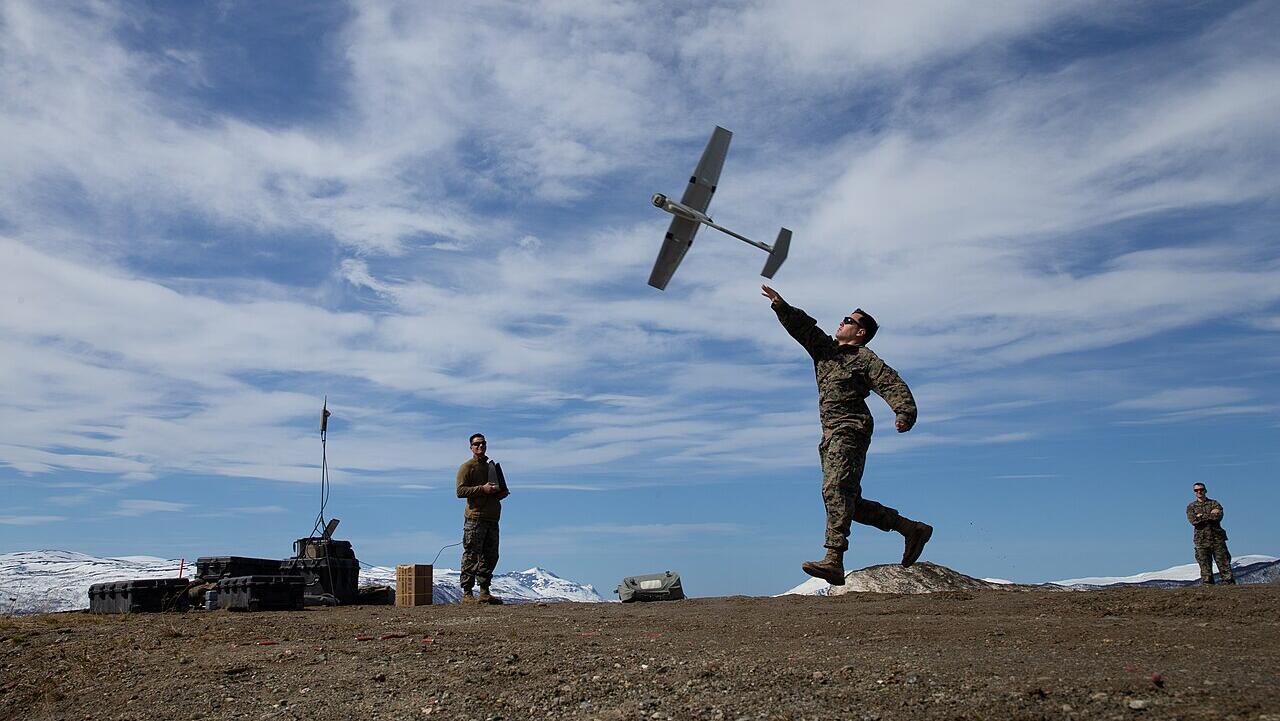Modern warfare is undergoing profound transformation, with drones emerging as a pivotal force in reshaping military strategies and capabilities.
Once relegated to niche applications, unmanned aerial vehicles (UAVs) have rapidly evolved into essential assets on the battlefield, offering unprecedented advantages in surveillance, reconnaissance, and precision strikes.
The Rise of Drone Warfare
Drone integration into military operations has accelerated dramatically over the past decade, driven by technological advancements and declining costs. While military drones have been in use since the 1960s, recent conflicts have showcased their true potential and versatility.
In late 2024, Hezbollah demonstrated drone technology's effectiveness by successfully conducting precision strikes against northern Israel. This was done bypassing the Iron Dome air defence system.
The incident highlighted the growing sophistication of drone capabilities and the challenges they pose to even the most advanced defence systems.
Transforming Military Strategies
Drones have fundamentally altered modern warfare dynamics, offering several key advantages:
- Enhanced Reconnaissance and Surveillance - UAVs provide real-time intelligence and situational awareness, allowing military commanders to make more informed decisions.
Their ability to operate at various altitudes and for extended periods makes them invaluable for gathering critical information without risking human lives.
- Cost-Effective Precision Strikes - Drones equipped with precision-guided munitions enable highly targeted strikes with minimal collateral damage.
This capability has proven particularly effective in counter-terrorism operations and eliminating high-value targets.
- Leveling the Playing Field - Drone affordability and versatility have shifted the balance of power in conflicts, allowing less financially resourced forces to compete with larger, wealthier militaries.
In Ukraine, for example, the innovative use of low-cost, AI-enhanced drones has provided a strategic edge against a more substantial adversary.

Technological Advances Drive Innovation
Drone technology is evolving rapidly fueled by advancements in several key areas:
- Artificial Intelligence and Machine Learning - AI integration enhances autonomous flight capabilities, target recognition, and mission planning. This is leading to more effective and efficient drone operations, with some systems capable of identifying targets and making decisions autonomously.
- Swarm Technology - The concept of drone swarms, where multiple UAVs work together to accomplish missions, is expected to play a significant role in future conflicts. This technology could revolutionise battlefield tactics and overwhelm traditional defence systems.
- Satellite Connectivity - Improved satellite communications extend drone range and capabilities, enabling global operations and enhancing effectiveness in remote or contested environments.

Economic Impact and Market Growth
The military drone market is experiencing substantial growth, driven by increasing defence spending and recognition of drones' strategic importance.
Fortune Business Insights projects the global military drone market is projected to expand from US$16.07 billion in 2024 to $47.16 billion by 2032. This is at a compound annual growth rate (CAGR) of 13.2%.
North America currently dominates the market, accounting for 36.1% of the global share in 2023.
The United States, in particular, is expected to see significant growth, with the market projected to reach $10.71 billion by 2030.
Industry Developments and Key Players
Several companies are at the forefront of military drone innovation:
AeroVironment, Inc. (NASDAQ: AVAV)
AeroVironment recently announced its acquisition of BlueHalo in a US$4.1 billion all-stock transaction, creating a more diversified global leader in all-domain defence technologies. This merger aims to accelerate innovation and deliver comprehensive, next-generation defence solutions.
Northrop Grumman Corporation (NYSE: NOC)
Northrop Grumman is developing a next-generation hybrid-electric uncrewed aircraft for DARPA, pushing drone technology and capabilities boundaries.
Safe Pro Group Inc. (NASDAQ: SPAI)
Safe Pro Group has been awarded a U.S. patent for its AI-powered SpotlightAI™ drone image analysis and reporting software platform, which identifies, locates, and maps explosives. This technology has significant implications for humanitarian demining and national defence.
DroneShield Limited (ASX: DRO)
As drones become more prevalent in warfare, the demand for counter-drone solutions is growing. Companies like DroneShield are at the forefront of developing technologies to detect, track, and neutralize hostile drones.
The company recently secured an A$9.7 million order from a major Latin American military for counterdrone systems. Delivery and payment expected in H1 2025.
DroneShield's expertise in detecting, tracking, and neutralising unauthorised drones has become increasingly valuable as both state and non-state actors continue to exploit drone technology for various purposes, including surveillance and attacks.
The company's advanced counter-drone solutions are being adopted by military, law enforcement, and critical infrastructure protection agencies globally to safeguard against emerging aerial threats.
Meanwhile, Red Cat Holdings, Inc. (NASDAQ: RCAT), a leading provider of drone products and services, has announced a groundbreaking partnership with Palantir Technologies Inc. (NASDAQ: PLTR) to equip its Black Widow drone with advanced autonomous visual navigation capabilities.
This collaboration aims to enhance drone performance in GPS-compromised environments, a critical feature for military and defence applications.
The integration of Palantir's AI-powered technology will enable the Black Widow drone to operate effectively in areas where GPS signals are unreliable.
This advancement is particularly significant for military operations in contested environments, where maintaining situational awareness and navigation accuracy is crucial.

Challenges and Ethical Considerations
As drone technology advances, it raises significant ethical and security concerns. Drone technology proliferation to non-state actors and potential adversaries poses new threats to global security.
The accessibility of drone technology poses security risks, as evidenced by North Korea's efforts to build mass production facilities for suicide drones. This proliferation could shift power dynamics in regional conflicts.
Additionally, the increasing autonomy of drones in combat situations raises questions about human control and accountability in warfare.
The Future of Drone Warfare
Drone integration into military operations is set to accelerate, with nations worldwide investing heavily in UAV technology. Future developments are likely to focus on enhancing autonomous capabilities, improving stealth and survivability, and developing more sophisticated counter-drone systems.
As drones continue to reshape modern warfare, they will play a crucial role in shaping military strategies, defence policies, and international relations. This is in the years to come.
Drone technology promises to bring both new opportunities and challenges to the global defence landscape, making it an intense focus for military planners, policymakers, and investors.
